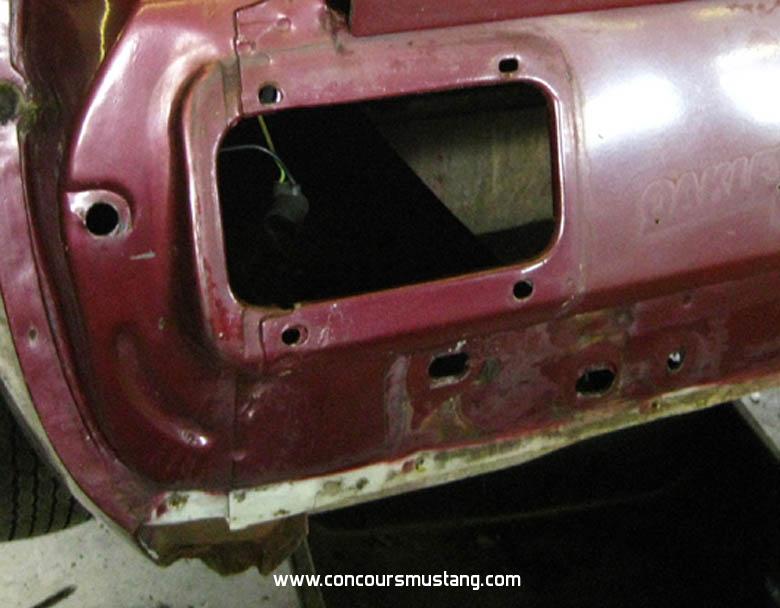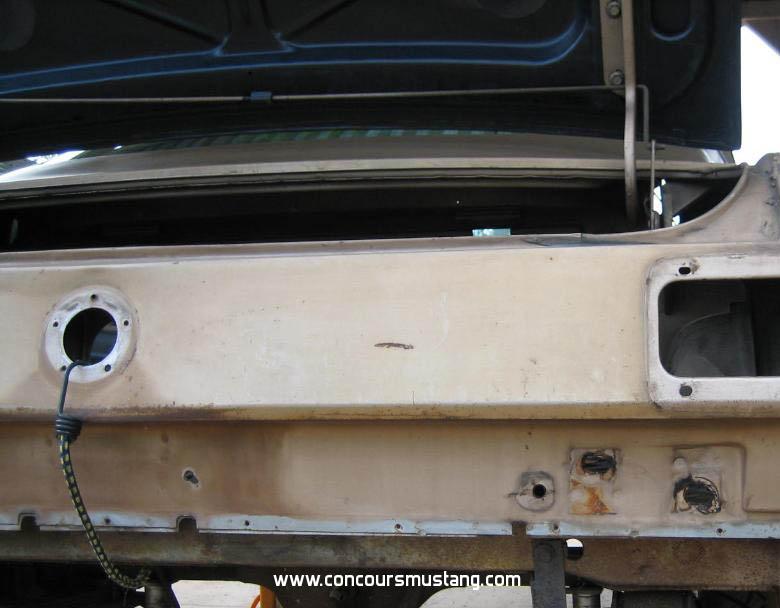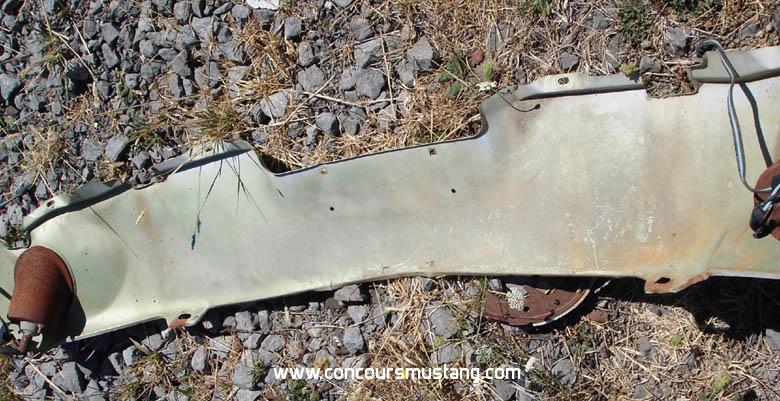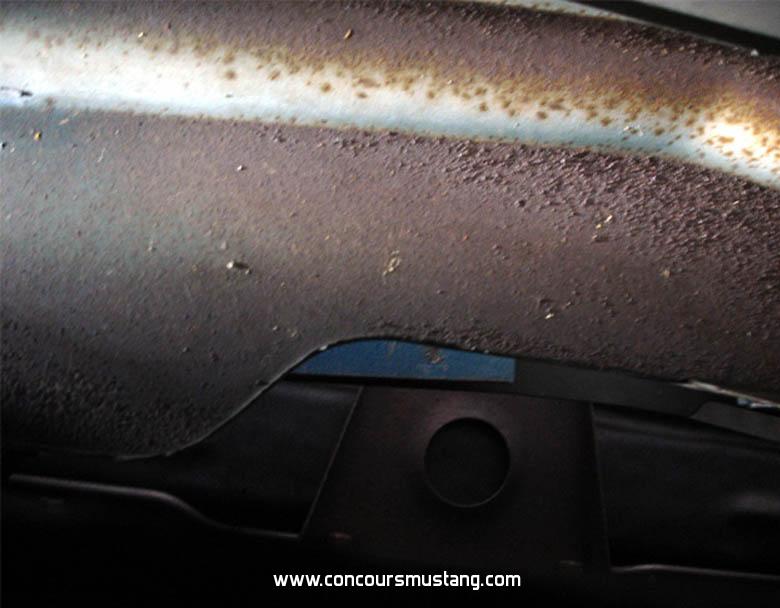I was reviewing a few older posts online I found and wanted to get this right since my car is in for paint now. CAn anyone confirm for me the following:
I have conflicting stories about the rear valence. Was it sprayed on or off the car? I believed that the backside was just dusted from the spray upwards from the bottom. Is this right?
They were painted on the car. How they were attached depended on where the car was built. Two or all (depending on plant) of the top edge attachment screws will be painted body color
Here is an example of the exterior paint shadow that was produced on the rear lower taillight panel documenting that the valance was in place when the car was painted but not on the car when the light grey primer surfacer was applied like we typically find (most periods and plants) behind the quarter panel extentions/end caps


Front valence and stone guard - I know these were off the car, but do they get much paint on the backsides? If so, was the spray on the backside from any specific direction to get heavier coverage?
From original examples the amount of "overspray" on the rear side depended on the painter.
For the front valance - Could be a little (chalky finish with light visible overspray) to much more and nicer looking. The painter should have attempted to insure that the surface where the valance to the fender would attach would not show a thinning of the paint would have produced direct coverage along and directly behind those surfaces . Pretty much the effects we find on the back side of front fenders
Though , from another year, this front valance provides one example of how much color you can find on the back side of an original paint valance.

For the stone guard I've found that normally its a light misting of overspray with a heavier build up along the "bump" that stands out if you roll it over and look at it from the back edge. Appears that this can be produced from the painting of that back edge and the paint flowing (what misses that thin lip) forward onto that lower surface
Where the rust is would have been a red oxide and thin amount of overspray. Unfortunately there was not enough paint to protect the surface on this example given the conditions this car has seen. Rusty area was not bare steel originally


Headlight buckets and doors - same here
Since they didn't want to run the risk of having no paint along the sharp edges showing once the parts were assembled the overspray tends to be greater IMHO